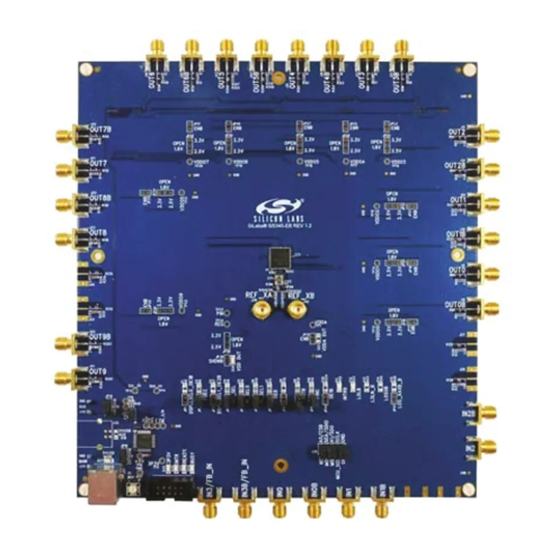
User Manuals: Silicon Laboratories Si5342 Generator
Manuals and User Guides for Silicon Laboratories Si5342 Generator. We have 1 Silicon Laboratories Si5342 Generator manual available for free PDF download: Family Reference Manual
Silicon Laboratories Si5342 Family Reference Manual (222 pages)
ANY-FREQUENCY, ANY-OUTPUT JITTER-ATTENUATORS /CLOCK MULTIPLIERS REV. D
Brand: Silicon Laboratories
|
Category: Computer Hardware
|
Size: 3 MB
Table of Contents
Advertisement